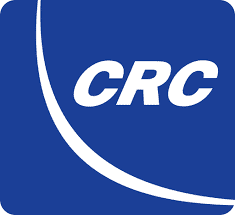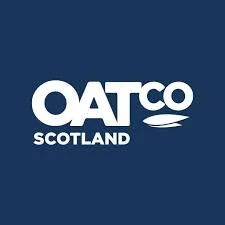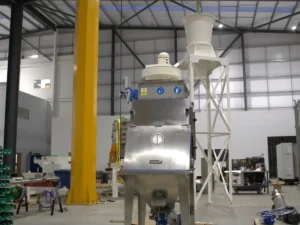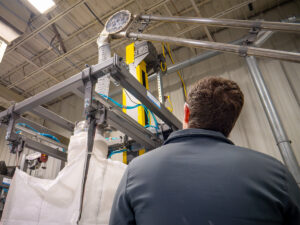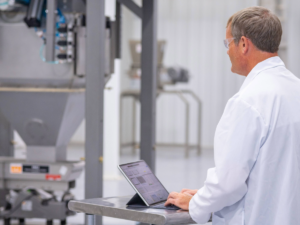Overview
For over 100 years, ammonia has been used in food manufacturing and meat processing facilities as the primary method of cooling in the process and production areas. While generally considered safe, failures and unplanned releases do occur. The inherent risks must be understood in the design of these systems and end users must be diligent in their monitoring and maintenance. Even with proper care, accidents do happen. Worker and first responder safety must be considered and secondary detection and alarm systems can be an effective solution to provide zone visibility and aid in proper response.
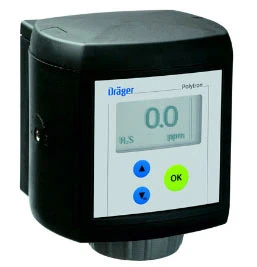
Large, complex manufacturing plants utilize cooling in many areas and quickly locating and assessing the level of discharge is key to a fast and safe response to any incident. While OEM’s and end users have incorporated leak detection and shutdown systems for primary monitoring within the utility rooms, a gap may exist within many large distributed production areas and remote cold storage facilities. Prudent organizations have looked to stand-alone monitoring and alarming systems to provide enhanced visibility and aid hazardous response teams in accurate location and severity of the discharge from outside the affected area.
Scope of Project
COMPANY: A LARGE FOOD MANUFACTURING COMPANY
OUR ROLE: DEVELOP A STANDARD SOLUTION FOR MONITORING, ANNUNCIATION & CONTROL OF TRACE AMMONIA & CATASTROPHIC LEAK DETECTION
A large food manufacturing client looked to Spiroflow Automation Solutions to work with them to develop a standard solution for the monitoring, annunciation and control of trace ammonia detection as well as catastrophic leak detection. The system would provide off-site display and alarm functions located at the security office, and provide first responders and hazard response teams a clear indication of where the system failure had occurred. By nature of the 2-level instrumentation design, the system allows them to assess the situation as a minor discharge, or a more serious system failure with a large release of ammonia.
The system designed by Spiroflow Automation is a secondary monitoring and alarm system – a stand-alone from OEM compressor control and OEM SCADA systems. This system was developed in response to gaps uncovered by corporate EH&S and Refrigeration Engineering teams and has reliably operated for over 6 years at locations across North America.
Design Criteria
The client, along with Spiroflow Automation engineers, developed the design criteria systems specifications and also leveraged corporate engineering standards as a guideline for the final solution. They looked to an open system design to minimize training, support and maintenance spare parts for the plant teams. Spiroflow met that challenge with a comprehensive approach. As a recognized Rockwell Automation Systems Integrator, Spiroflow was experienced in the hardware and software advantages of this platform and recommended the use to the client.
Overall, the following design criteria were identified by the team:
1. Hardware Platform: Rockwell Automation was the standard for plant automation and this system would utilize the RA ControlLogix PLC and related I/O systems.
2. Distributed I/O: Since the monitoring and control points were to be located in production areas, the remote I/O and sensor interface would need to utilize the existing Manufacturing Ethernet based networks.
3. Sensors: Spiroflow utilized ammonia detection sensors from Draeger, Inc. Analog outputs were used to provide real-time level information to the CLX processor for monitoring, logging and display functions. Sensors were located and installed by the client refrigeration and engineering teams based on their knowledge of the equipment and plant process.
4. Alarm States: The system was required to monitor and alarm for multiple states. First, a minor leak detection sensor would be used to monitor ammonia presence less than OSHA limits. Alarm indication is triggered and displayed on the PanelView screens. If a major leak, caused by an equipment or line failure, occurred further action is required and the system automatically responds with both visual and audible alarms. Additionally, automatic control occurs to trip interlocks and control ventilation fans in affected zones.
5. Control Interlock: The requirements here were to provide specific interlock and control of ammonia supply for zone failures based on a defined plan for each facility. Working with the corporate refrigeration, plant engineering and equipment OEMs, Spiroflow Automation modified 3rd party control programs to interlock systems.
6. Scalability: Since each facility is unique, the system design would need to be modular and easily scaled to accommodate each plant installation. The application needed to utilize common programming and control architectures so that it was cost effective to scale based on the size of the facility and points of monitoring. Rockwell Automation ControlLogix I/O was used as well as structured programming techniques to minimize design, implementation and startup time. Training and ongoing support costs were minimized due to the standard approach used.
SYSTEM MONITORING & CONTROL REQUIREMENTS
The following monitoring, alarm and control functions were incorporated into the design:
1. Continuous monitoring of all sensors: Remote ammonia sensors were continuously scanned by the CLX processor and a 2-level automated alarm strategy is used.
2. Level 2: A Major Leak Release Detected will trigger a critical alarm and system interlock functions will occur.
CONTROL FUNCTIONS
The system provides both automated and manual control functions.
MANUAL CONTROL
Shunt Trip: The remote panel will provide the ability to control power within production areas via shunt trip relays. Since ammonia can be a flammable hazard in concentration, the ability to drop power into an affected area is available.
Test/Auto Control: Each shunt relay can be put in test to allow for system maintenance without tripping the relay.
AUTOMATIC CONTROL
The ammonia monitoring system is designed to communicate with discrete equipment and control valves throughout the plant. In the event of an alarm, the monitoring CLX will set an interlock with remote supply valves to stop the flow of ammonia into the systems under alarm.
COMPRESSOR ROOM FAN CONTROL
The ammonia compressor room and other designated locations require the use of supply and exhaust fans used to evacuate air in emergency situations. The system monitors supply and exhaust fans and override systems in the event of a vapor alarm.
VISUAL & AUDIO ALARMS
The system provides for the ability to locate visual and sound alarms in production, maintenance and security areas
Automated Solution
The engineered solution met all the design criteria and has been operational since 2006. Spiroflow Automation provided the UL/NEMA panels for both central control and monitoring in the guard shack. Remote panels were also installed throughout the plant which allowed for easy connection to the sensors.
The program design utilized common routines and program files that were easy to design and deploy. The design was also easy to troubleshoot and modify as production floor equipment and process changes were made – which was particularly important to the plant.
A Rockwell PanelView 1250 graphical display was used. This was chosen by Spiroflow Automation as it allowed integration of plant layouts with graphical and text based alarms. Since it is a dedicated system and does not require a PC, it allows for a higher degree of uptime and negligible support from the client maintenance and IT teams.
Summary
Spiroflow Automation provided value to the client by leveraging the Rockwell Automation ControlLogix platform and development of a modular design strategy to reduce engineering and installation costs. As the core logic was validated as part of the initial system deployment, migration to new sites with different configurations was simple and straightforward. Common system upgrades were easily supported and logic standardized throughout the company.
Additionally, since the plant engineers were experienced with the RA CLX hardware and programming, changes to the system can be made by others as needed. The overall benefit is that the client has a system that is reliable, cost effective and will be supported for many years.


